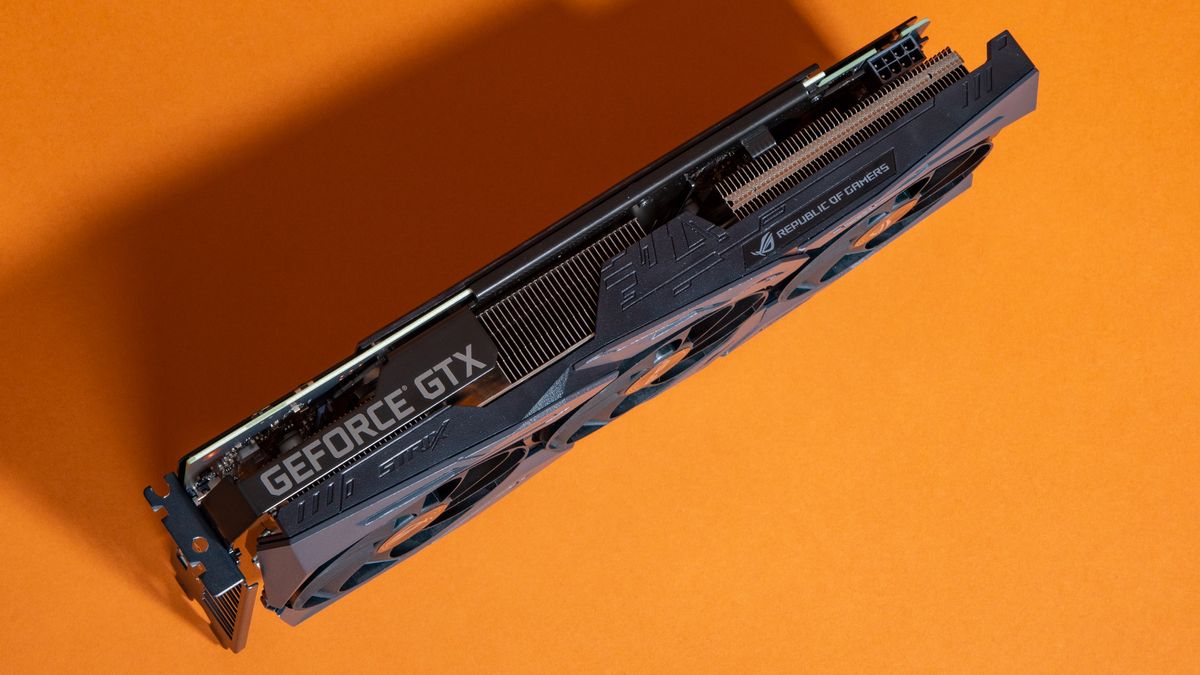TechRadar Verdict
The Asus ROG Strix GTX 1660 Ti OC screams performance with the biggest cooler and highest clocks we’ve seen on Nvidia’s new mid-range GPU, but you’ll need to overclock this puppy to get the most value out of it.
Pros
- +
Readily overclockable
- +
Runs incredibly cool
- +
Silky smooth QHD gaming
Cons
- -
Nearly as expensive as the Nvidia RTX 2060
Why you can trust TechRadar
Nvidia has struggled to make its expensive Turing RTX graphics cards look appealing to the masses, and now, after all the cries for cheaper GPUs without ray tracing cores, the company has finally responded with the GeForce GTX 1660 Ti.
While the card was introduced as a mid-range option with a fairly reasonable $279 / £259 / AU$469) starting price, that hasn’t stopped component makers from maxing out their GPUs with models like the Asus ROG Strix GTX 1660 Ti OC.
This variant comes equipped with some serious cooling hardware and the fastest factory overclock we’ve seen, and it’s the most powerful GeForce GTX 1660 Ti you can buy thus far – just know that this part demands a premium that’s so high you might be better off getting the Nvidia RTX 2060 instead.




Pricing and availability
The Asus ROG Strix GTX 1660 Ti OC rings up for an expensive $329 / £339 / AU$569 price. That’s well above the cost of the cheapest 1660 Ti cards that will hit the market for only $279 / £259 / AU$469.
This card is so expensive that it even veers into being as pricey as the $349 / £329 / AU$599 Nvidia GeForce RTX 2060. With both of these GPUs costing nearly the same, we’ll have to take a close look at the specifications to see why the Asus ROG Strix GTX 1660 Ti OC is apparently worth its weight in gold.
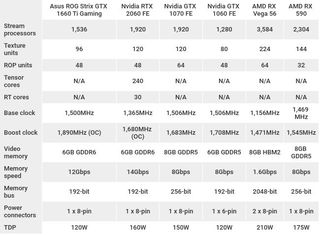
Specifications and features
We weren’t joking when we said the Asus ROG Strix GTX 1660 Ti OC was a maxed-out version of Nvidia’s latest mid-range GPU. This card comes with a 1,890MHz factory overclock that’s well above the 1660 Ti’s traditional 1,770MHz boost clock.
The GTX 1660 Ti OC is also more than double the size of the PNY GTX 1660 XLR8 Gaming OC and most other versions of the GPU, thanks to its excessively large heat sink and triple Axial-tech fans. Asus claims its card can deliver 140% more airflow than other models equipped with traditional wing-blade fans.
All of this ultimately leads to a graphics card that can push for higher clock speeds and then some while staying nice and cool.
Next to the Nvidia RTX 2060, the GTX 1660 Ti can appear to be the lame duck of the Turing series. This GPU features higher base and boost frequencies, but fewer CUDA cores. You’ll find GDDR6 memory onboard, but it’s only rated for 12Gbps speeds compared to the same VRAM found on RTX cards, which operates at 14Gbps. And, of course, there’s the lack of RTX and Tensor cores, which means this graphics card won’t ever support ray tracing or DLSS.
While the GeForce GTX 1660 Ti is the most affordable addition to the Turing lineup, Nvidia has purposely removed and reduced some notable features to avoid cannibalizing the sales of its more expensive RTX 2060. Thankfully though, this GPU doesn’t seem all that hobbled when put to the test.








CPU: 3.7Ghz Intel Core i7-8700K (hexa-core, 12MB cache, up to 4.7GHz)
RAM: 32GB Vengeance LED DDR4 (3,200MHz)
Motherboard: Asus ROG Strix Z390-E Gaming
Power Supply: Corsair RM850x
Storage: 512GB Samsung 960 Pro M.2 SSD (NVMe PCIe 3.0 x4)
Cooling: Thermaltake Floe Riing 360 TT Premium Edition
Case: Corsair Crystal Series 570X RGB
Operating system: Windows 10
Performance
This graphics card sets out to be the ultimate version of the Nvidia GTX 1660 Ti, and technically it accomplishes that mission. It pulls slightly ahead of the PNY GTX 1660 Ti XLR8 OC in synthetic benchmarks while running games exactly one frame per second faster. Overall, it’s not the massively boosted performance we expected from the card, but we’re only benchmarking it with its out-of-the-box settings.
More impressively, the Asus GTX 1660 Ti OC runs a full 10C degrees cooler than its PNY rival, thanks to having two more fans and a much larger heatsink. This card doesn’t break a sweat when operating normally, and it has plenty of thermal overhead to run at even faster speeds.




Unfortunately, the value of this card will come down to how well you can overclock it, as it just can’t keep up with the Nvidia RTX 2060 at stock settings. If you’re willing to part with an extra $20 or AU$30 – you’ll actually save £10 in the UK – you’ll end up with a much more powerful GPU that’s even capable of rendering ray-traced graphics.
Outside of our comparative benchmarks, the Asus GTX 1660 Ti OC is capable of rendering Hitman 2 at 4K and Ultra quality settings at 30 to 40 fps. Dropping the resolution down to 1440p results in a silkier 60-70 fps frame rate. Lastly, you’ll be able to experience high-refresh rate Full HD gaming with frame rates hovering between 80 and 90 fps.

Final verdict
The Asus ROG Strix GTX 1660 Ti OC is an impressive graphics card that will only give you more performance the more you push it. Thanks to its large cooling system, this is a mid-range GPU that can take the heat from extreme overclocking.
That said, this is a very expensive version of the GTX 1660 Ti that we wouldn’t recommend to most users, especially if they’re just looking for a new graphics card to pull out of the box and plug into their PC. There are much cheaper versions of this GPU that will get the same job done, as this high-end Asus card isn’t that much faster out of the box.
With a price that’s nearly on the same level as the Nvidia RTX 2060, you may just be better off getting Nvidia’s other mid-range Turing card instead. It delivers better performance across the board, plus it features all of the latest RTX and Tensor core-powered features you won’t find on any of Nvidia’s new GTX cards.
Image Credits: TechRadar
Kevin Lee was a former computing reporter at TechRadar. Kevin is now the SEO Updates Editor at IGN based in New York. He handles all of the best of tech buying guides while also dipping his hand in the entertainment and games evergreen content. Kevin has over eight years of experience in the tech and games publications with previous bylines at Polygon, PC World, and more. Outside of work, Kevin is major movie buff of cult and bad films. He also regularly plays flight & space sim and racing games. IRL he's a fan of archery, axe throwing, and board games.


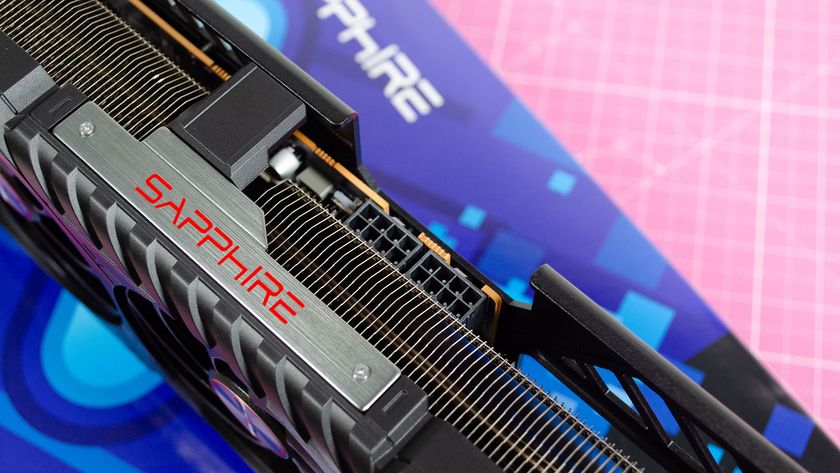
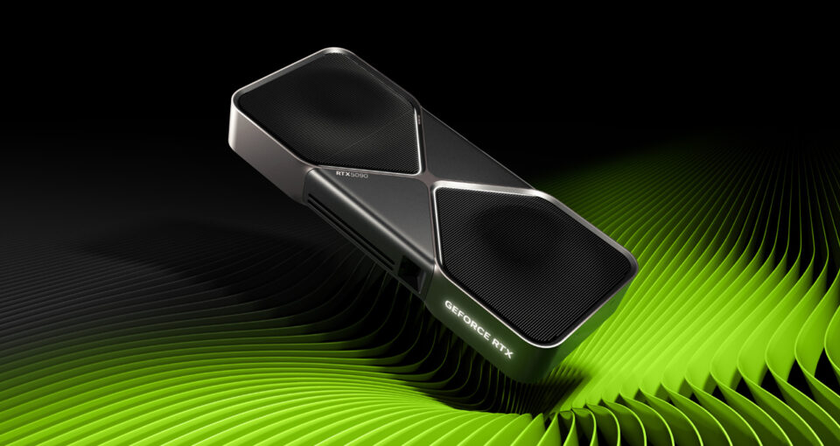




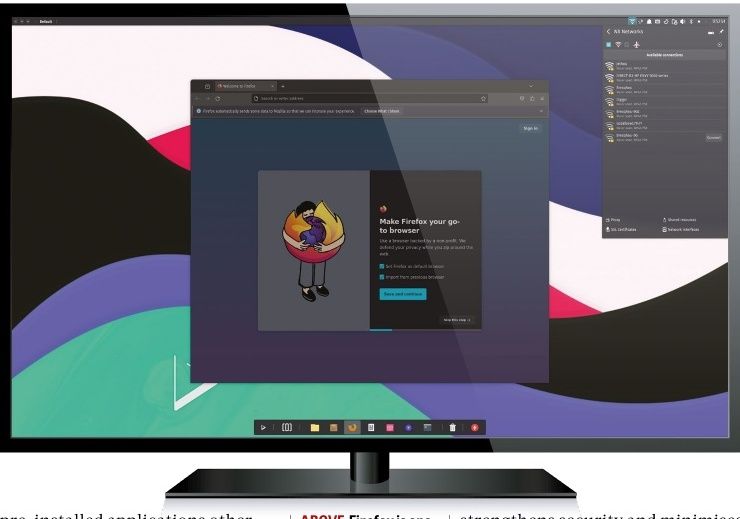


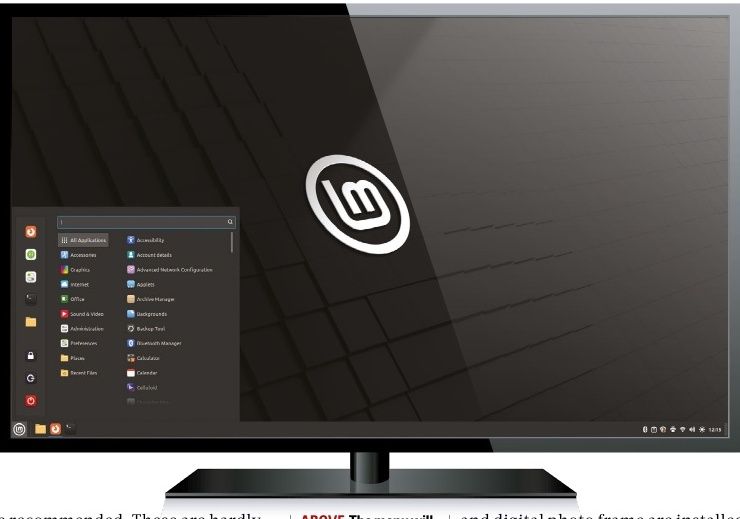

I've reviewed dozens of dash cams, and 70mai's new rotating 4K dash cam is unlike any other

Is the moon too far for your data? IBM's Red Hat is teaming up with Axiom Space to send a data center into space

GTA 6's console-only launch reminds me of how much I despise console exclusivity - is it worth waiting years for PC ports?
